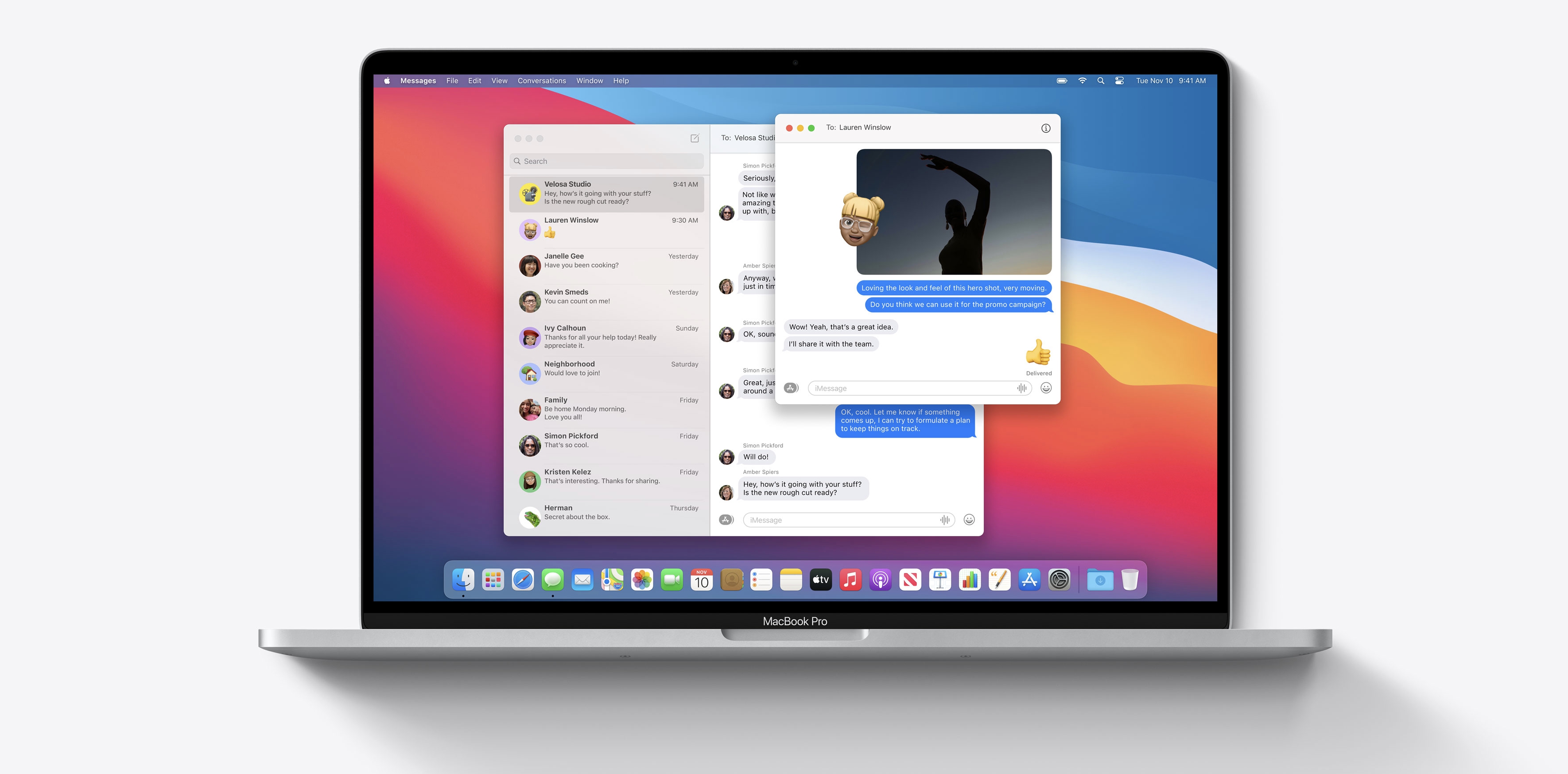

- #Use custom icon for account mac high sierra how to
- #Use custom icon for account mac high sierra mac os
- #Use custom icon for account mac high sierra install
- #Use custom icon for account mac high sierra update
- #Use custom icon for account mac high sierra pro
#Use custom icon for account mac high sierra install
Experienced users erase the hard drive and do a clean install from scratch from time to time or whenever installing a major OS upgrade. All computers become slower over time even under normal use. Usually, this software does more bad than good.
#Use custom icon for account mac high sierra how to
How to fix slow shutdown and startup times.

#Use custom icon for account mac high sierra mac os
Set the Format type to Mac OS Extended (Journaled.).Click on the Erase icon in Disk Utility's toolbar.When Disk Utility loads select the drive (out-dented entry) from the Device list.Select Disk Utility from the Utility Menu and click on Continue button.Immediately after the chime hold down the Commandand Rkeys until the Apple logo appears. Erase and Install OS X Restart the computer.When the Utility Menu appears select Reinstall OS X then click on the Continue button. Reinstall OS X by booting from the Recovery HD using the Command and R keys.
#Use custom icon for account mac high sierra update

You should try each, one at a time, then test to see if the problem is fixed before going on to the next.īe sure to backup your files before proceeding if possible. What I've read, but not what I have tested. One day I will bite the bullet and install High Sierra on my 2016 Mac but I sure wish I could learn more about what is causing the slower boots and whether there is something I can do about it.ĪPFS is supposedly slower than HFS+. Is it the APFS replacement of HFS+ that is causing the slowdown? Does anyone know? I hear all these possible fixes with resetting NVRAM and so forth but no consistent answers to what is going on. I've read some posts here or there about slow boots with High Sierra but nothing that seems to really point out what is going on with High Sierra. That ***** compared to this newest machine still running Sierra that boots in no more than 20 seconds and that includes what FileVault needs to do to prepare the files for viewing. When I installed 10.13.2 on the 2013 machine and with FileVault enabled and with the drive having had the time required to encrypt all the files (took a couple of days), I now boot this older machine in about 60 seconds.
#Use custom icon for account mac high sierra pro
I also turned on FileVault because my newest machine, a 2016 TouchBar MB Pro already has FileVault turned on so I wanted to compare something closer between performance of the 2013 machine with FileVault AND High Sierra while the 2016 machine has FileVault and (still) macOS 10.12.6 Sierra. I then waited until 10.13.2 came out and, since that machine is only used for testing things like this, I gave it a go again. That was so ugly that I reinstalled (from a clone), 10.12.6 Sierra and it was fast to boot again. It took that machine from one that previously booted in about 10 seconds to one that took 90 seconds. On a MacBook Pro I own that was new in 2013, I installed Mac OS 10.13 High Sierra some time after it came out.


 0 kommentar(er)
0 kommentar(er)
